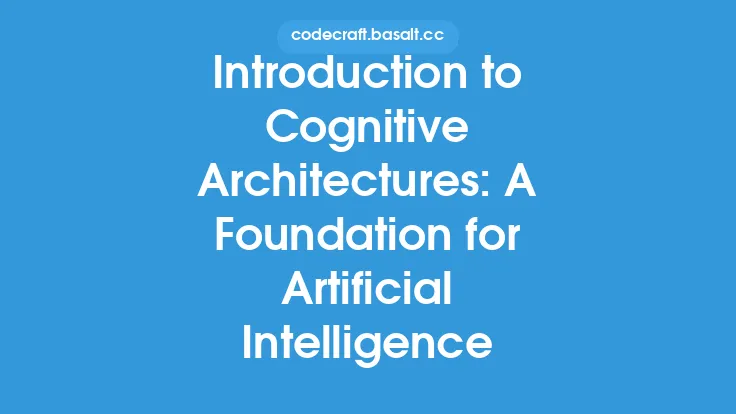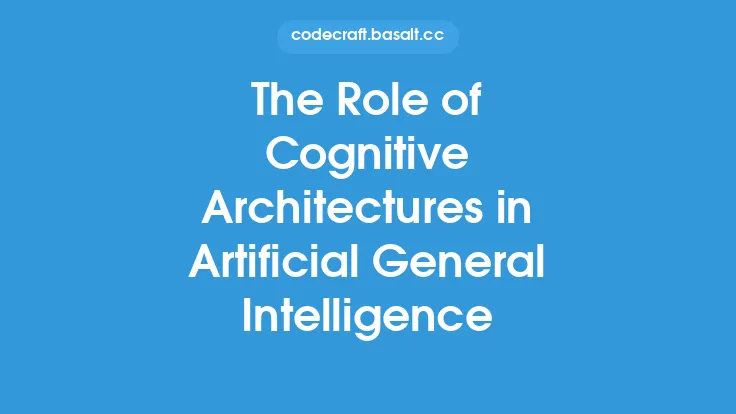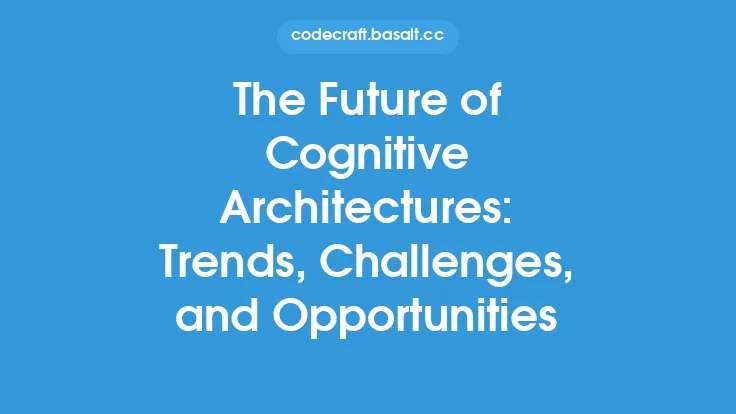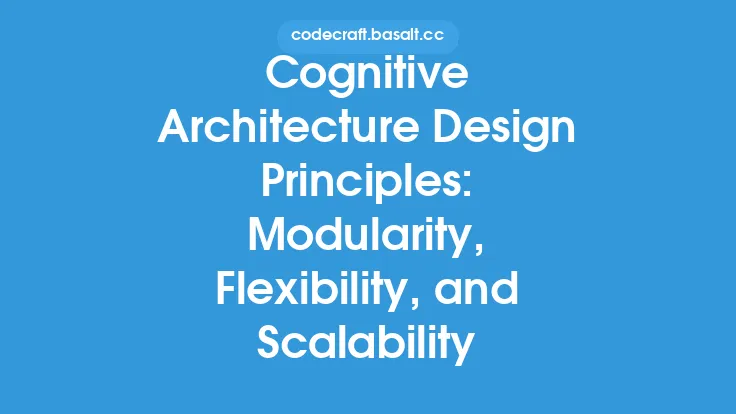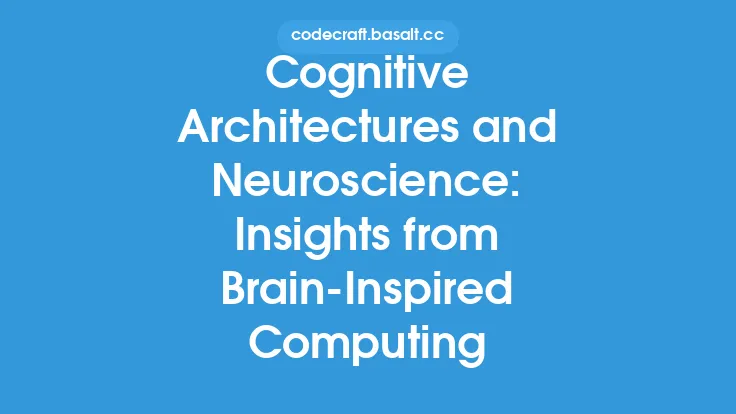Cognitive architectures are software frameworks that simulate human cognition and provide a structured approach to building intelligent systems. They have been widely used in artificial intelligence research and applications, including decision-making, problem-solving, and natural language processing. Among the many cognitive architectures developed over the years, SOAR, ACT-R, and CLARION are three of the most well-known and influential ones. In this article, we will provide an overview of these three cognitive architectures, their history, design principles, and applications.
History and Development
SOAR, ACT-R, and CLARION have their roots in the early days of artificial intelligence research. SOAR, developed in the 1980s by John Laird, Allen Newell, and Paul Rosenbloom, was one of the first cognitive architectures to integrate multiple AI technologies, including rule-based systems, semantic networks, and blackboard systems. ACT-R, developed in the 1990s by John Anderson and his colleagues, was designed to simulate human cognition and provide a framework for building intelligent systems. CLARION, developed in the 2000s by Ron Sun and his colleagues, was designed to integrate multiple cognitive architectures and provide a more comprehensive framework for simulating human cognition.
Design Principles
Each of these cognitive architectures has its own design principles and philosophies. SOAR is based on the idea of a unified theory of cognition, which posits that all cognitive processes can be reduced to a set of basic operations. ACT-R, on the other hand, is based on the idea of a modular theory of cognition, which posits that different cognitive processes are handled by separate modules. CLARION, which integrates elements of both SOAR and ACT-R, is based on the idea of a hybrid theory of cognition, which posits that cognitive processes can be simulated using a combination of symbolic and connectionist models.
Architecture and Components
The architecture and components of SOAR, ACT-R, and CLARION differ significantly. SOAR consists of a production system, a working memory, and a decision procedure. The production system is responsible for selecting and applying rules, while the working memory is responsible for storing and retrieving information. The decision procedure is responsible for selecting the next action to take. ACT-R, on the other hand, consists of a set of modules, each of which is responsible for a specific cognitive process, such as attention, perception, or memory. CLARION consists of a dual-process architecture, which includes a symbolic (rule-based) process and a connectionist (neural network-based) process.
Applications
SOAR, ACT-R, and CLARION have been applied to a wide range of domains, including robotics, natural language processing, and decision-making. SOAR has been used to develop autonomous robots that can perform complex tasks, such as navigation and manipulation. ACT-R has been used to develop models of human cognition and provide insights into human decision-making and problem-solving. CLARION has been used to develop models of human cognition and provide insights into the neural basis of cognitive processes.
Technical Details
From a technical perspective, SOAR, ACT-R, and CLARION differ in their implementation details. SOAR is implemented in a combination of C and Lisp, while ACT-R is implemented in Lisp. CLARION is implemented in a combination of Java and C++. Each of these cognitive architectures has its own set of APIs and interfaces, which allow developers to build and integrate their own models and applications.
Comparison and Contrast
A comparison of SOAR, ACT-R, and CLARION reveals both similarities and differences. All three cognitive architectures are designed to simulate human cognition and provide a framework for building intelligent systems. However, they differ in their design principles, architecture, and components. SOAR is more focused on providing a unified theory of cognition, while ACT-R is more focused on providing a modular theory of cognition. CLARION, on the other hand, is more focused on providing a hybrid theory of cognition.
Conclusion
In conclusion, SOAR, ACT-R, and CLARION are three of the most well-known and influential cognitive architectures in artificial intelligence research. Each of these cognitive architectures has its own history, design principles, and applications. While they differ in their technical details and implementation, they share a common goal of simulating human cognition and providing a framework for building intelligent systems. As artificial intelligence continues to evolve and improve, cognitive architectures like SOAR, ACT-R, and CLARION will play an increasingly important role in shaping the future of intelligent systems.
